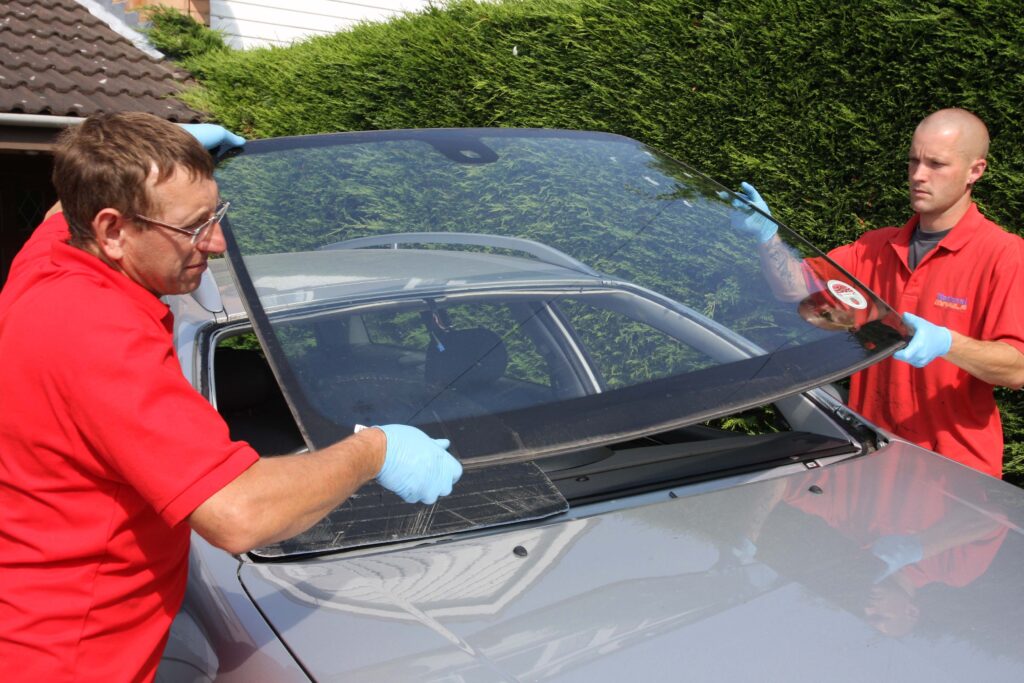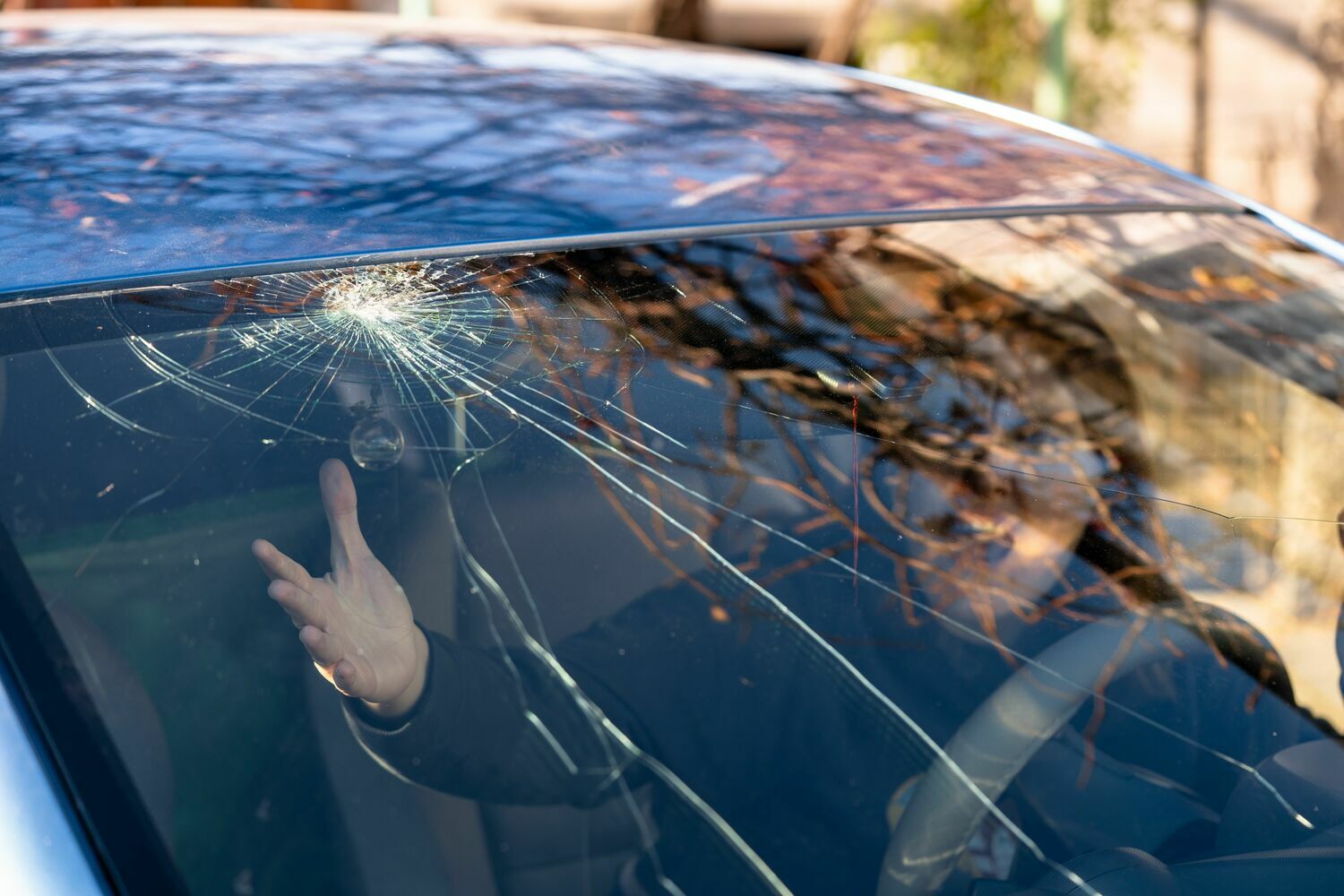Picture this: you’re cruising down the highway, the sun setting in the distance, when—crack—a rogue pebble flies off a truck ahead and smacks your windshield. A spiderweb of lines spreads across the glass, and suddenly you’re wondering, “Am I covered for this?” It’s a common scenario, and if you’ve ever found yourself in it, you’re not alone. Windshield damage is one of the most frequent claims made to auto insurance companies. But does your insurance actually cover a cracked windshield? The answer isn’t a simple yes or no—it depends on your policy, the type of damage, and even where you live. Let’s dive into the details and break it all down so you can figure out what’s what.
Why Windshields Matter (and Why They Crack)
Your windshield isn’t just a piece of glass keeping bugs out of your face—it’s a critical safety feature. It supports your car’s structural integrity, keeps the roof from caving in during a rollover, and ensures your airbags deploy correctly. So, when it cracks, it’s not just an annoyance; it can compromise your safety. Cracks happen for all sorts of reasons: flying debris, extreme temperature changes, or even a stray branch during a storm. According to the National Windshield Repair Division, about 14 million windshields are replaced in the U.S. each year—that’s a lot of cracked glass!
But here’s the kicker: not all cracks are created equal in the eyes of insurance. A tiny chip might be an easy fix, while a full-on shatter could mean a replacement. How your insurance handles it depends on the specifics of your coverage. Let’s explore that next.
Understanding Your Auto Insurance Coverage
Auto insurance policies aren’t one-size-fits-all. To know if your cracked windshield is covered, you need to understand the key parts of your policy. Here’s a quick rundown:
- Liability Coverage: This is the bare minimum most states require. It covers damage you cause to others—like if you crash into someone’s car—but it won’t touch your windshield. If a rock cracks your glass, liability coverage isn’t your friend here.
- Collision Coverage: This kicks in when your car hits something (or something hits it, like another vehicle). If your windshield cracks because of a fender bender, collision coverage might help. But a random pebble? That’s usually not considered a “collision.”
- Comprehensive Coverage: Here’s where things get interesting. Comprehensive coverage is the part of your policy that handles “acts of God” or random events—think hail, falling branches, or that pesky highway rock. If you’ve got comprehensive, a cracked windshield is often covered, minus your deductible. This is the golden ticket for most windshield claims.
If you only have liability (the cheapest option), you’re likely out of luck unless the damage ties back to someone else’s fault—like if another driver kicks up debris and you can prove it (good luck with that). Comprehensive coverage, though optional, is what most people rely on for windshield repairs. Check your policy docs or call your insurer to confirm what you’ve got.

The Deductible Dilemma
Okay, so let’s say you have comprehensive coverage—great! But there’s a catch: the deductible. This is the amount you pay out of pocket before insurance kicks in. Deductibles typically range from $100 to $1,000, depending on your policy. If your windshield repair costs $300 and your deductible is $500, you’re footing the whole bill. But if it’s a $600 replacement and your deductible is $250, insurance covers the rest.
Here’s a real-world example: Sarah from Ohio had a cracked windshield after a gravel truck incident. Her comprehensive coverage had a $200 deductible. The repair shop quoted $350 to replace the glass, so she paid $200, and insurance handled the $150 difference. Not too bad, right? The trick is knowing your deductible ahead of time—it can make or break whether filing a claim is worth it.
Does Car Insurance Cover Accidents on Private Property?
Special Cases: Zero-Deductible Windshield Coverage
Now, here’s a little-known perk—some states and insurers offer zero-deductible windshield repair or replacement if you have comprehensive coverage. States like Florida, Kentucky, and South Carolina have laws that encourage fixing windshields by waiving the deductible for repairs (not always replacements). Why? It’s safer and cheaper to fix a small crack than wait for it to spread and require a new windshield. For instance, a repair might cost $50–$100, while a replacement can run $200–$500 or more, depending on your car.
Even if you’re not in one of those states, some insurance companies—like Geico or Progressive—offer optional “full glass coverage” add-ons. For a few extra bucks a month, you can skip the deductible entirely for glass claims. If you drive on gravel roads or highways a lot, this could be a game-changer.
Repair vs. Replacement: What’s Covered?
Another wrinkle: whether your windshield gets repaired or replaced affects coverage. Repairs (fixing small chips or cracks) are often cheaper and quicker—sometimes even free under certain policies or state laws. Replacement (swapping out the whole windshield) costs more and usually involves your deductible. Insurers love repairs because they save money, so they might push you toward that option if the damage is minor (say, a crack shorter than a dollar bill).
Take Mike, a delivery driver in Texas. A stone chipped his windshield, and his insurer covered a $75 repair at no cost to him because it was under their “repair-first” policy. Six months later, a bigger crack from a storm meant a $400 replacement, and with his $250 deductible, he paid that chunk himself. The lesson? Small fixes might cost you nothing; big ones hit your wallet harder.
Does Filing a Claim Raise Your Rates?
This is the million-dollar question. The good news: windshield claims under comprehensive coverage are usually considered “no-fault” incidents, meaning they don’t jack up your premiums like an at-fault accident might. A 2022 study by the Insurance Information Institute found that 85% of drivers who filed glass-only claims saw no rate increase. Still, it’s smart to ask your insurer—some might treat frequent claims as a red flag.
What If Someone Else Caused It?
If another driver’s to blame—like they swerved and kicked up a rock—you could file a claim against their liability insurance. The catch? You’ll need proof (dashcam footage, a witness, or their admission), and it’s a hassle compared to using your own comprehensive coverage. Most people skip this route unless the damage is major and they don’t have comprehensive.
Practical Tips to Navigate a Cracked Windshield
So, what should you do if your windshield cracks? Here’s a game plan:
- Check Your Policy: Dig out your insurance docs or call your agent. Do you have comprehensive? What’s your deductible?
- Assess the Damage: Is it a small chip (repairable) or a big crack (replacement territory)? Size matters.
- Get a Quote: Call a repair shop—many, like Safelite, work directly with insurers and can tell you what’s covered.
- File (or Don’t): If the fix costs less than your deductible, skip the claim and pay out of pocket to avoid the paperwork.
- Act Fast: Cracks spread, especially in hot or cold weather. A delay could turn a cheap repair into a pricey replacement.
Is Homeowners Insurance Based on Property Value?
The Bottom Line
Does auto insurance cover a cracked windshield? If you’ve got comprehensive coverage, the answer is usually yes—minus your deductible—though some policies and states sweeten the deal with zero-cost repairs. Without comprehensive, you’re likely on your own unless you can pin the blame on someone else. It’s all about knowing what you signed up for and weighing your options.
Next time a rock dings your windshield, don’t panic. Pull out your policy, make a quick call, and you’ll know exactly where you stand. And hey, maybe consider that full glass coverage add-on—it could save you a headache down the road. Drive safe out there!

